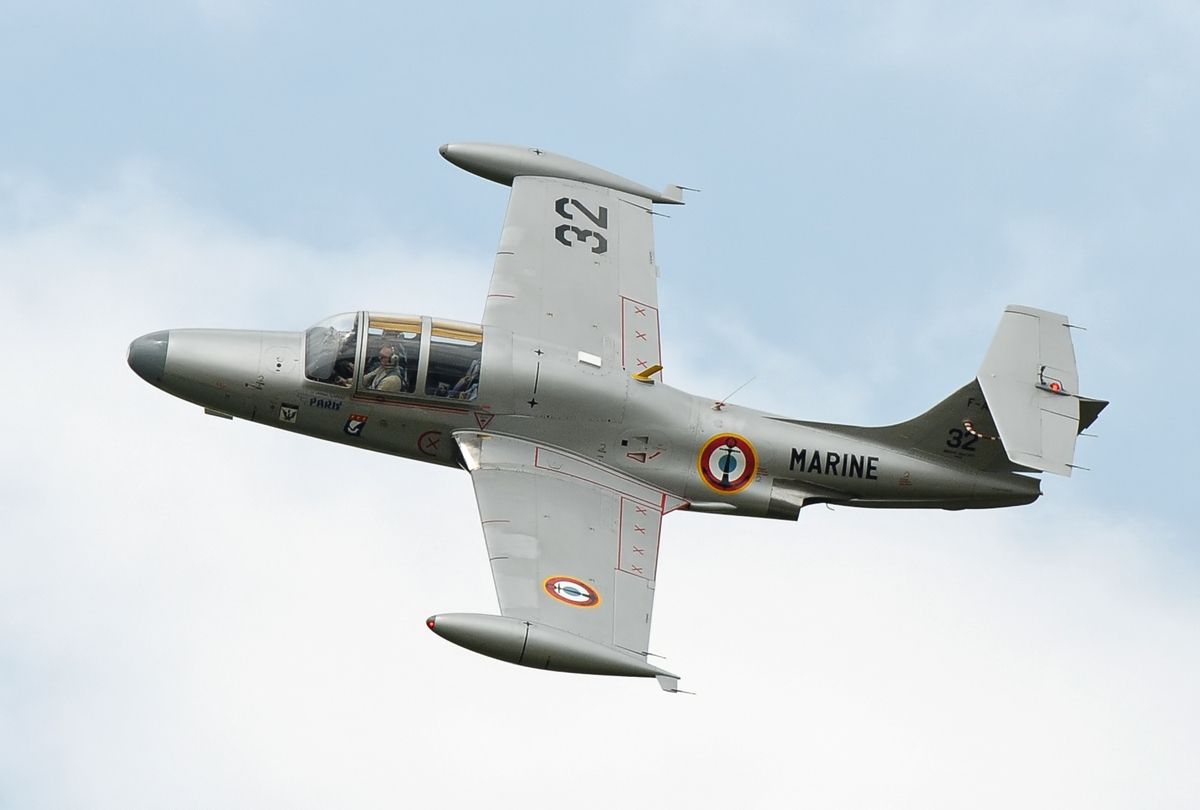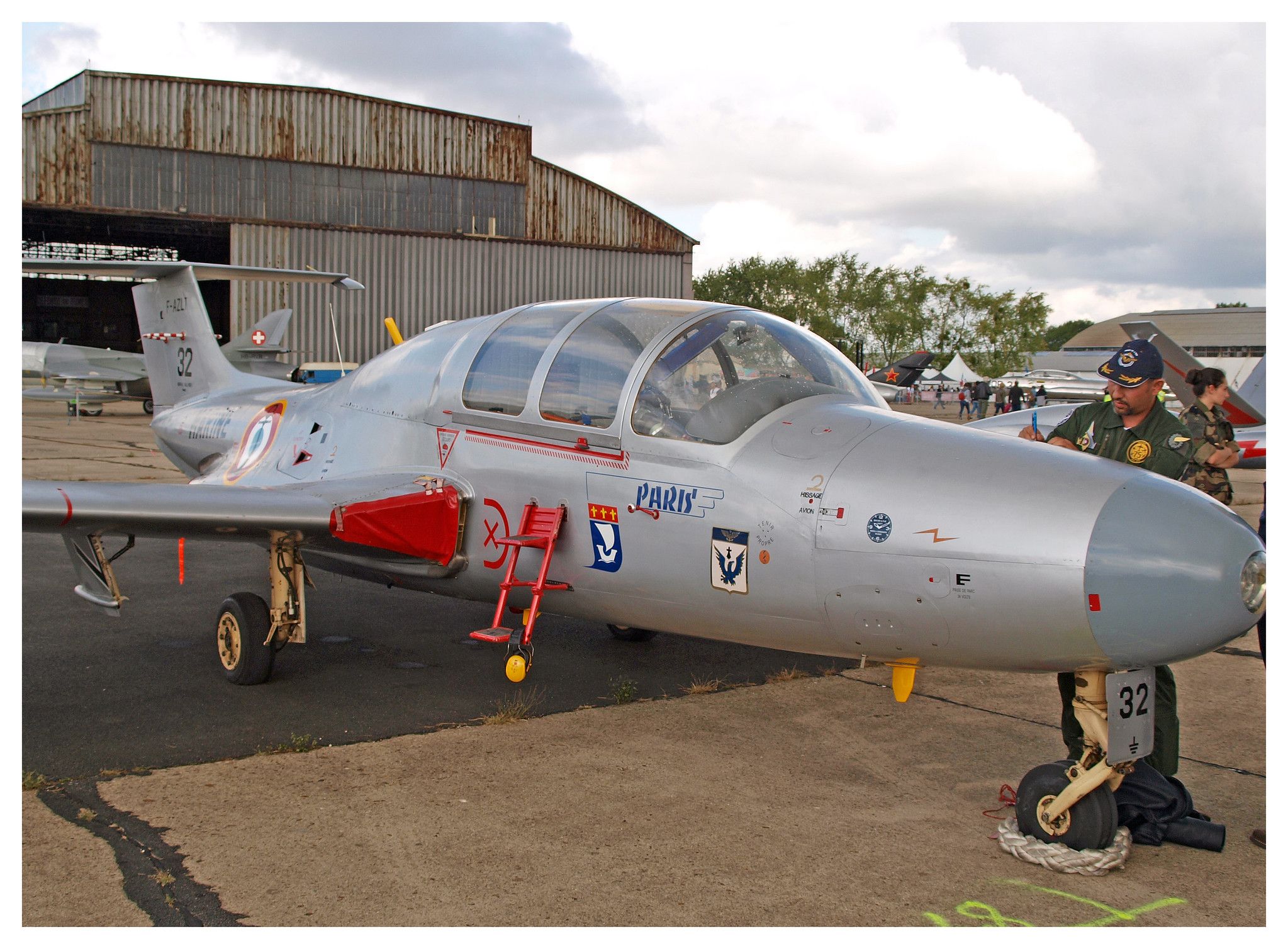While it is not uncommon for the military to use business jets like the Gulfstream V, military aircraft being used as business jets is rare. During the 1950s, the French Air Force sought a jet aircraft to use as a trainer.
In response to its request, Paris-headquartered aircraft manufacturer Morane-Saulnier came up with the MS.755 Fleuret, a two-seat jet trainer. However, the French Air Force preferred the Fouga CM.170 Magister and selected it as its primary trainer aircraft.
Morane-Saulnier redesigned the plane
Despite not winning the military contract, Morane-Saulnier decided to redesign the MS.755 to allow it to function as a four-seat liaison aircraft called the new "MS.760 Paris." To achieve the conversion, Morane-Saulnier got rid of the aircraft's armament and the downward ejection hatch and repositioned the cabin rear bulkhead further back. Despite all the changes, the plane retained its positive flying characteristics, which meant it could still be used as a training aircraft.
When promoting the aircraft, Morane-Saulnier said that it could climb to 22,900 feet in 18 minutes and had a top speed of 400 mph and a 930 miles range. The main fuel tank could hold 220 gallons of fuel with an additional 55 gallons in each wing tip tank. As a safety feature, the wing tip tanks were fitted with a valve that enabled the pilot to jettison the fuel in an emergency.
Activation of the aircraft's flaps and undercarriage was done with the aid of electric motors, while the nose of the plane contained most of the avionics and electrical systems. The plane's power was provided by a pair of Turbomeca Marboré jet engines which could be easily worked on by detaching the tail unit. The wings could also easily be separated from the plane without the need to remove the undercarriage. A single molding was used for the canopy for the fully pressurized and air-conditioned cockpit.
The French Air Force and Navy liked the plane
The move to redesign the plane paid off after the French military placed an order for 50 aircraft. They intended to use the liaison duties while at the same time replacing the Noralpha and Nord Norécrin, a re-engined version of the Messerschmitt Bf 108.
The early Morane-Saulnier Paris planes were fitted with four seats, two in the front and two directly behind, and a retractable tricycle landing gear. For a time in the mid-1950s, Morane-Saulnier Paris was the only twinjet civil aircraft, with no direct competitors available.
Stay informed: Sign up for our daily and weekly aviation news digests.
Beech was interested in building the plane in the USA
This led to considerable interest from the Beech Aircraft Corporation. Beech thought that it could build the plane under license and sell it to the United States Navy and the Royal Canadian Air Force as a jet trainer. After failing to get enough interest, Beech abandoned the idea in 1961 following the arrival of more sophisticated business jets like the Lockheed JetStar and the North American Sabreliner.
The same year Morane-Saulnier declared bankruptcy and was taken over by fellow French planemaker Potez. The new company continued work on the Paris, and in 1964 a prototype six-seat version called the "MS.760C Paris III" was built but never went into production. In total, 219 Morane-Saulnier MS.760 Paris aircraft were built and used by the French Air Force, French Navy, Argentinian Air Force, and the Brazilian Air Force.



.jpg)